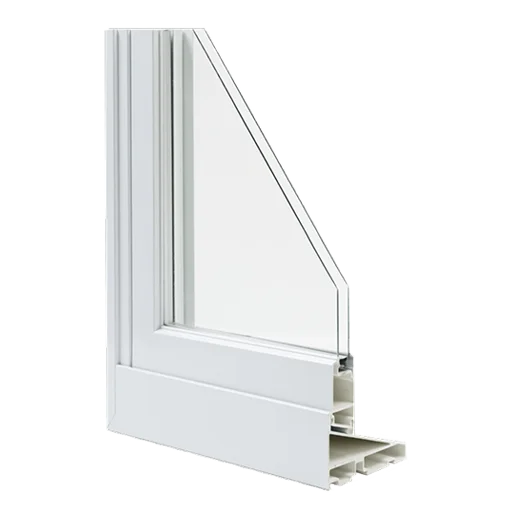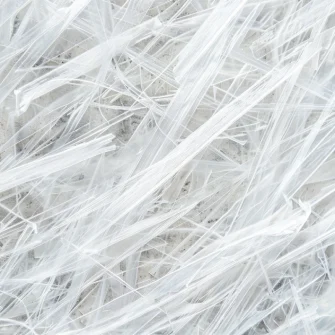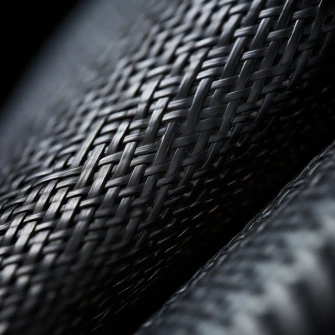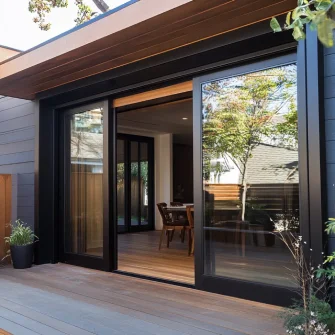Best choose
Fiberglass
Engineered from fine strands of glass woven into a polymer base, fiberglass frames deliver outstanding thermal resistance while withstanding harsh environmental conditions better than many other materials.
Fiberglass is a composite material composed of:
Fine Glass Fibers: Thin strands of glass woven or matted together to form a fabric-like substrate.
Polymer Resin: A binding agent—often polyester or epoxy resin—that encapsulates the glass fibers, creating a solid, rigid structure once it cures.

Long-Term Durability
Minimal risk of rot, rust, or physical deformation. Likely to outlast other materials, especially in harsh climates.
Low Maintenance
Factory finishes resist fading and chipping; simple cleaning keeps them in top shape. No routine painting or sealing required (unlike wood).
Strong and Lightweight
Supports larger glass areas with slim sightlines. Ideal for expansive window walls or sliding door configurations.
Key Features of Fiberglass Windows and Doors
- High Dimensional Stability
Fiberglass expands and contracts at rates similar to glass, reducing stress on seals and preventing gaps over time. Maintains a tight fit even in climates with significant temperature swings. - Advanced Glazing Compatibility
Most fiberglass frames accommodate double or triple-pane glass, Low-E coatings, and gas fills like argon or krypton for peak energy efficiency. Multi-point locking hardware can also be integrated for enhanced security. - Robust Weather Resistance
Impervious to moisture, mold, and pests, making it a prime choice for regions with heavy rainfall or humidity. Protective finishes guard against UV damage, helping frames retain their color. - Eco-Friendliness
The longevity of fiberglass frames reduces landfill waste over time. Some components may include recycled glass fibers or eco-friendly resins.



Frequently Asked Questions (FAQ)
Are fiberglass windows and doors more expensive than vinyl?
Yes, they generally cost more upfront than vinyl options. However, fiberglass may deliver better longevity and structural stability, making the investment worthwhile over time – especially for large openings or demanding climates.
How do fiberglass frames handle extreme temperatures?
Very well. Fiberglass’s thermal expansion rate is similar to glass, so it remains stable in both hot and cold conditions. This reduces stress on seals and helps maintain energy efficiency.
Do fiberglass frames fade or yellow in sunlight?
Reputable manufacturers use UV-resistant finishes that significantly reduce fading or discoloration. While minor color shifts may occur after many years, most products stay true to their original hue for the majority of their lifespan.
Can fiberglass be painted if I want a color change later?
In many cases, yes—fiberglass can be repainted using high-quality acrylic or polyurethane coatings formulated for composite surfaces. Consult your product’s manufacturer to ensure proper preparation and paint compatibility.
Are fiberglass windows and doors suitable for coastal regions?
Absolutely. Fiberglass resists salt air corrosion far better than unprotected aluminum or wood. It’s a top choice for oceanfront properties where exposure to humidity, salt, and high winds is common.
Is the woodgrain texture on fiberglass frames realistic?
High-end lines can produce very convincing woodgrain textures – both visually and to the touch. While it may not completely replicate the depth of real wood, it often comes close enough to satisfy homeowners seeking a classic look.
How long do fiberglass windows and doors typically last?
With proper installation and minimal maintenance, fiberglass frames can last 30+ years – sometimes even longer. They tend to maintain their structural integrity and finish well after other materials have begun to degrade.
Are there size limitations for fiberglass windows or doors?
Generally, fiberglass’s strength allows larger dimensions than some other materials without bowing or requiring heavy reinforcements. Still, the maximum size depends on manufacturer constraints and local building codes.


